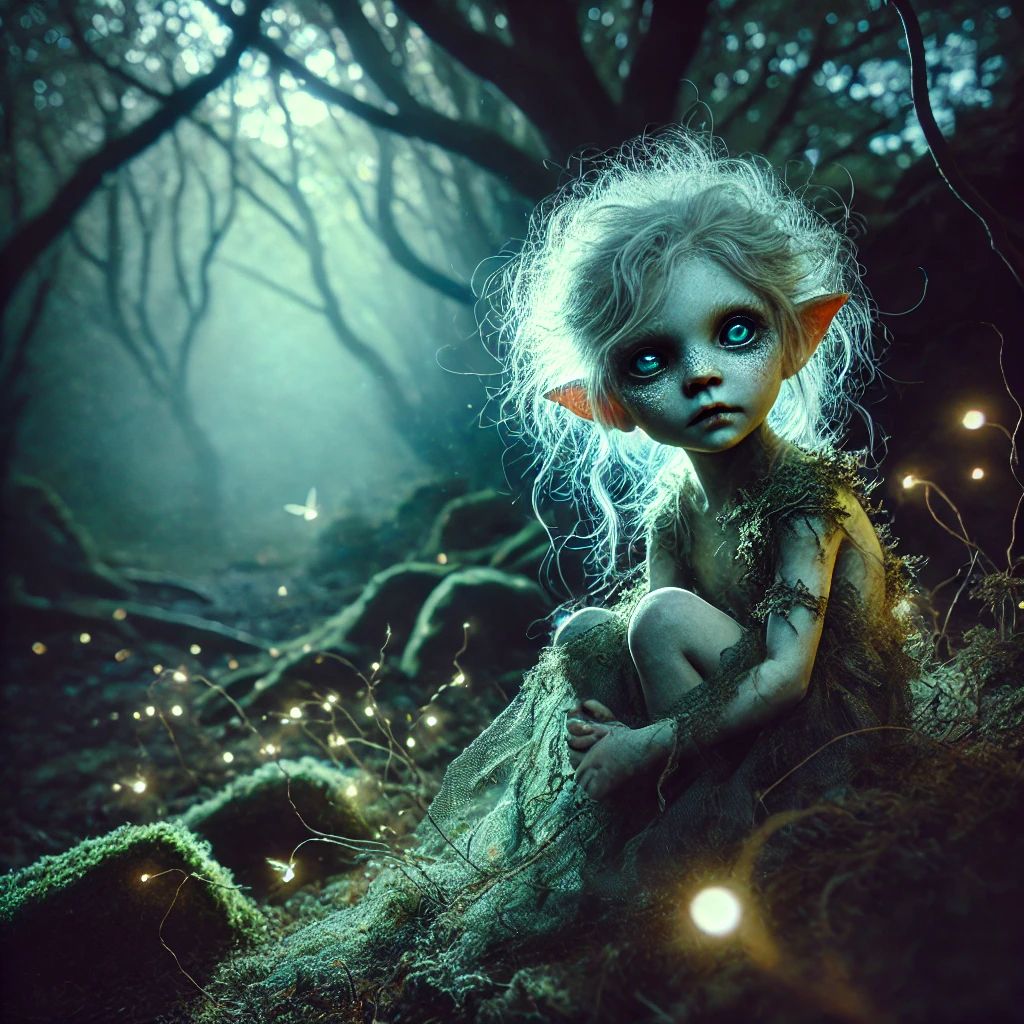Changelings

In Irish mythology, changelings are believed to be supernatural beings, often associated with the fairies, who would steal human babies and replace them with a fairy child. This belief is rooted in the idea that fairies had a penchant for human children, particularly infants, who were seen as pure and innocent. The term "changeling" itself describes the human baby that has been replaced.
Characteristics and Beliefs:
Appearance: Changelings often appeared similar to the stolen child, but there were subtle differences that might indicate their true nature, such as being pallid, sickly, or having unusual features.
Behavior: Changelings were thought to have different temperaments, often being more fussy, irritable, or displaying odd behaviors compared to typical human children.
Reasons for Abduction: It was believed that fairies desired human children for various reasons, such as to raise them in their own world or to replace a sickly fairy child.
Cultural Significance:
Fear and Superstition: The changeling myth reflects societal fears about illness, disability, and the unknown. It was common in times when infant mortality rates were high; parents often resorted to the changeling belief as a way to explain the sudden changes in their child's health or behavior.
Protection Rituals: Various rituals were believed to protect against changelings, such as placing iron objects near the crib or performing specific ceremonies to ward off fairy interference.
Notable Stories:
Changelings appear in various folktales across Ireland, often highlighting the tragic or eerie circumstances of the abduction and the efforts of parents to reclaim their child. These stories are part of a broader tradition in Celtic folklore where the boundary between the human and fairy realms is fluid and often perilous.
Overall, the changeling myth serves as a rich example of how folklore can reflect cultural anxieties and the interplay between the natural and supernatural worlds.
